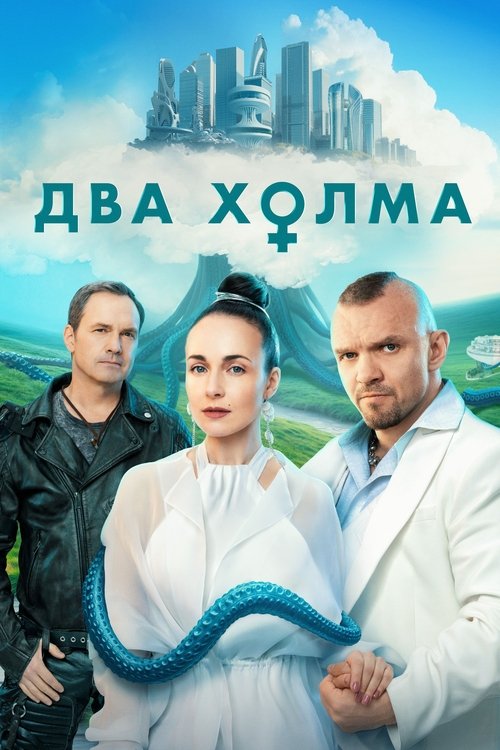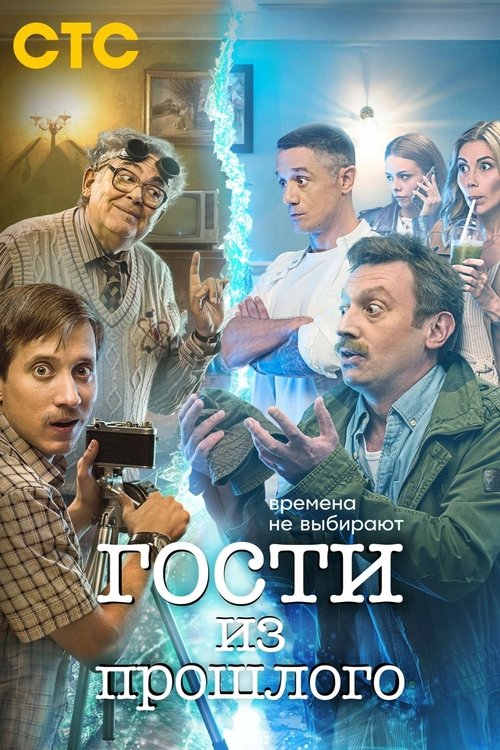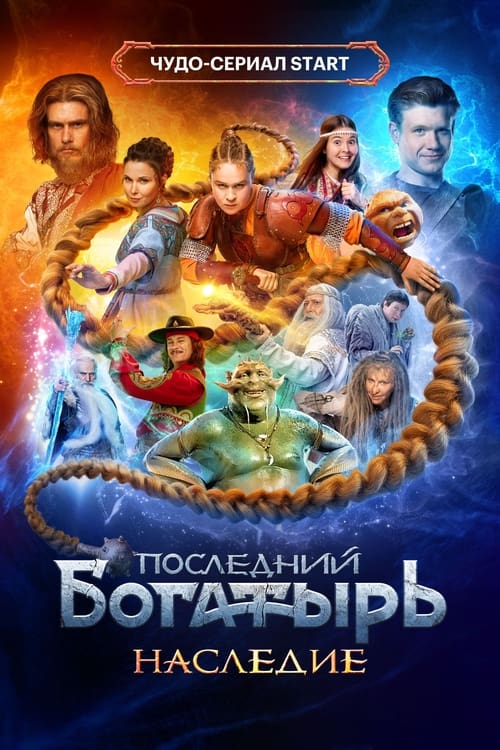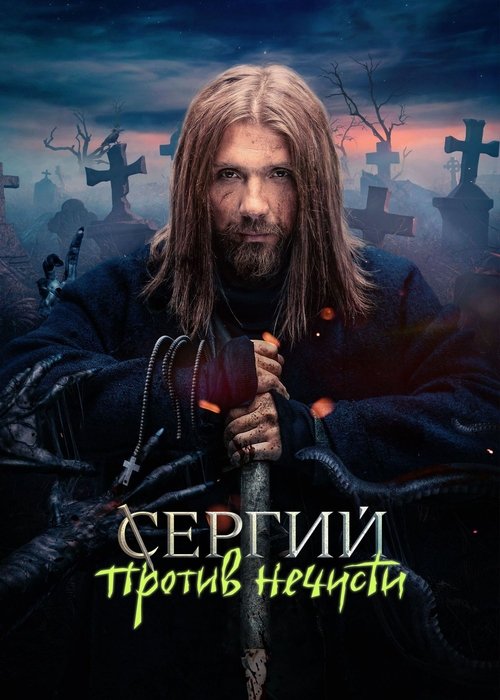
Ask Your Own Question
What is the plot?
In the opening scene of "Penultimate Instance," we are introduced to the protagonist, Elara, a brilliant but disillusioned scientist working on a groundbreaking project that aims to manipulate time. The story begins in a high-tech laboratory where Elara is seen arguing with her supervisor, Dr. Hargrove, about the ethical implications of their research. Elara is passionate about using their technology to prevent disasters, while Dr. Hargrove is more focused on the potential for profit and military applications. This conflict sets the stage for Elara's internal struggle throughout the series.
As the narrative unfolds, Elara discovers a hidden file on the lab's mainframe that reveals a secret government project called "ChronoGuard," which aims to use their research for surveillance and control. This revelation deeply disturbs her, and she decides to confront Dr. Hargrove. During their confrontation, Hargrove dismisses her concerns, insisting that the project is too important to abandon. Feeling betrayed, Elara resolves to sabotage the project from within, believing that the technology should not be used for nefarious purposes.
In the following episode, Elara begins to secretly gather evidence of the unethical practices occurring at the lab. She enlists the help of her colleague, Marcus, who is initially hesitant but eventually agrees to assist her after witnessing a demonstration of the technology's potential for harm. Together, they devise a plan to expose the project by leaking information to the media. As they work together, Elara and Marcus develop a close bond, which complicates Elara's motivations as she grapples with her feelings for him.
As Elara and Marcus dig deeper, they uncover a series of experiments conducted on unwilling subjects, including time jumps that leave participants disoriented and traumatized. One night, they witness a failed experiment that results in a catastrophic malfunction, causing a temporal rift in the lab. In the chaos, Elara and Marcus manage to escape, but not before they see the devastating effects of their research firsthand. This event solidifies Elara's resolve to stop the project at all costs.
In a pivotal moment, Elara decides to go public with her findings. She contacts a journalist, Lena, who has a reputation for exposing government corruption. They arrange a meeting in a secluded location, but the meeting is interrupted by agents from the ChronoGuard project, who have been monitoring Elara's activities. A tense chase ensues, with Elara and Lena narrowly escaping capture. During the escape, Elara's determination is palpable as she pushes herself to her limits, driven by the need to reveal the truth.
As the series progresses, Elara's actions attract the attention of a mysterious figure known only as "The Watcher," who seems to have knowledge of the time manipulation technology and its implications. The Watcher reaches out to Elara, offering assistance but also warning her of the dangers of tampering with time. Elara is torn between her desire to stop the project and the allure of the power that comes with controlling time. This internal conflict intensifies as she grapples with the moral implications of her choices.
In a climactic episode, Elara and Marcus infiltrate the lab to gather more evidence. They encounter Dr. Hargrove, who reveals that he has been aware of their sabotage all along and has been manipulating events to keep them in check. A confrontation ensues, where Hargrove attempts to convince Elara to join him, arguing that their work could save lives if used correctly. Elara, fueled by her anger and sense of justice, refuses and a physical struggle breaks out. In the chaos, Marcus is injured, which further motivates Elara to take drastic action.
In the final act, Elara decides to use the time manipulation technology against the ChronoGuard project. She sets a plan in motion to create a temporal loop that will trap Hargrove and his team in a repeating cycle, preventing them from continuing their unethical experiments. As she activates the device, she experiences a range of emotions--fear, determination, and a sense of sacrifice, knowing that she may be trapped in the loop herself.
The series concludes with Elara successfully executing her plan, but at a great personal cost. The final scene shows her in a time loop, reliving the same moments over and over, while the world outside begins to change as the truth about the ChronoGuard project is revealed. The screen fades to black, leaving viewers with a sense of unresolved tension and the implications of Elara's choices echoing in the silence.
More TV Shows Like This
Browse All TV Shows →What is the ending?
In the ending of "Penultimate Instance," the main characters confront their past choices and the consequences of their actions. The story culminates in a tense showdown where they must decide whether to sacrifice their personal desires for the greater good. Ultimately, they find resolution, but not without significant loss and transformation.
As the final episodes unfold, we see the characters grappling with their internal conflicts. The protagonist, Alex, stands at a crossroads, torn between his ambition and the loyalty he feels towards his friends. His internal struggle is palpable as he reflects on the sacrifices made along the way.
In a pivotal scene, Alex gathers his friends--Maya, a fierce advocate for justice, and Leo, who has been battling his own demons. They meet in a dimly lit warehouse, the air thick with tension. The atmosphere is charged as they discuss their next steps. Maya, driven by her desire to expose the truth, urges them to take a stand against the corrupt forces that have manipulated their lives. Leo, however, is hesitant, fearing the repercussions of their actions. His vulnerability is evident as he wrestles with the weight of his past mistakes.
As they prepare to confront their adversaries, the scene shifts to a high-stakes confrontation at a corporate headquarters. The building looms ominously, a symbol of the power they are up against. The trio infiltrates the facility, their hearts racing with a mix of fear and determination. The camera captures their expressions--Alex's resolve, Maya's fierce determination, and Leo's anxiety--as they navigate through the shadows.
Inside, they face off against the antagonist, a charismatic yet ruthless CEO who embodies the corruption they seek to dismantle. The dialogue crackles with tension as accusations fly, revealing the depth of betrayal and manipulation that has plagued their lives. The CEO attempts to sway them with promises of power and wealth, but Maya stands firm, her voice unwavering as she calls out the injustices they have suffered.
In a climactic moment, the confrontation escalates into chaos. Security alarms blare, and the trio must fight their way out. The action is frenetic, with close-ups of their faces reflecting fear and determination. Leo, in a moment of bravery, sacrifices himself to allow Alex and Maya to escape, a poignant act that underscores his growth and redemption.
As they flee, the emotional weight of their journey crashes down on Alex and Maya. They find themselves outside, breathless and shaken. The city skyline looms in the background, a stark reminder of the world they are trying to change. In this moment of quiet, they share a look of understanding, their bond strengthened by the trials they have faced.
The series concludes with a montage of their lives post-confrontation. Alex, now more grounded, dedicates himself to advocacy, using his skills to help others. Maya becomes a prominent figure in the fight for justice, her passion igniting change in the community. The final shot lingers on Leo's empty chair at their favorite café, a bittersweet reminder of the sacrifices made.
In the end, each character finds a new path, shaped by their experiences and the choices they made. The story closes on a note of hope, emphasizing the importance of friendship, sacrifice, and the relentless pursuit of justice.
Is there a post-credit scene?
In the TV show "Penultimate Instance," there is indeed a post-credit scene that adds an intriguing layer to the narrative.
As the credits roll, the screen fades to black before transitioning to a dimly lit room filled with scattered papers and glowing screens. The camera pans slowly across the clutter, revealing a figure hunched over a desk, their face obscured by shadows. The atmosphere is thick with tension, and a low hum of machinery fills the air.
The figure suddenly straightens, and the light catches a glimpse of their face--it's Dr. Elara Voss, a key character known for her complex moral dilemmas throughout the series. Her expression is one of intense focus, mixed with a hint of desperation. She is surrounded by holographic projections of various timelines and outcomes, each flickering with potential futures.
Elara mutters to herself, "I can't let it end like this," as she frantically types commands into a console. The screens display images of pivotal moments from the series, showcasing characters in critical situations, their fates hanging in the balance. The tension builds as she navigates through the timelines, her brow furrowed in concentration.
Suddenly, a warning alarm blares, and red lights flash around her. Elara's eyes widen in alarm as she realizes she's running out of time. "No, no, no!" she exclaims, her voice rising in panic. The camera zooms in on her hands as she makes a final, desperate adjustment to the controls.
Just as the alarm reaches a deafening crescendo, the screen cuts to black again, leaving viewers with a sense of urgency and unanswered questions. The scene hints at Elara's potential to alter the course of events, setting the stage for future conflicts and revelations in the series. The post-credit moment encapsulates the show's themes of choice, consequence, and the relentless pursuit of control over one's destiny, leaving the audience eager for what comes next.
What motivates the main character, Alex, to pursue the truth about the mysterious artifact?
Alex is driven by a deep-seated need for closure regarding his father's disappearance, which he believes is connected to the artifact. His emotional turmoil is compounded by guilt and a desire to prove himself, leading him to take risks that put him in danger.
How does the relationship between Alex and his sister, Mia, evolve throughout the series?
Initially, Mia is skeptical of Alex's obsession with the artifact, leading to tension between them. As the series progresses, they face various challenges together, which forces them to confront their past and ultimately strengthens their bond, culminating in a powerful moment of reconciliation.
What role does the antagonist, Dr. Larkin, play in the unfolding events surrounding the artifact?
Dr. Larkin serves as a formidable adversary, driven by a desire for power and control over the artifact. His manipulative tactics and willingness to exploit others create a palpable sense of danger, pushing Alex and Mia to their limits as they try to thwart his plans.
What is the significance of the visions that Alex experiences when he interacts with the artifact?
The visions serve as a crucial narrative device, revealing fragmented memories and hidden truths about the artifact's history. They reflect Alex's internal struggles and fears, providing insight into his psyche while also foreshadowing key plot developments.
How does the setting of the abandoned research facility contribute to the story's atmosphere?
The abandoned research facility is depicted as a haunting and claustrophobic environment, filled with remnants of past experiments. Its eerie silence and decaying structures amplify the tension and sense of isolation, mirroring the characters' emotional states as they uncover dark secrets.
Is this family friendly?
"Penultimate Instance," produced in 2022, contains several elements that may not be suitable for children or sensitive viewers. Here are some potentially objectionable aspects:
-
Intense Emotional Themes: The show explores complex family dynamics, including themes of betrayal, loss, and existential crises, which may be heavy for younger audiences.
-
Violence and Conflict: There are scenes depicting physical confrontations and emotional outbursts that can be intense and distressing.
-
Mature Language: The dialogue includes strong language and heated exchanges that may not be appropriate for younger viewers.
-
Psychological Tension: The narrative delves into psychological struggles and mental health issues, which could be unsettling for some viewers.
-
Dark Humor: The show employs dark humor that may not resonate well with all audiences, particularly children.
-
Mature Relationships: There are complex adult relationships and situations that may not be suitable for younger viewers.
These elements contribute to a narrative that is more suited for a mature audience, and parental discretion is advised.





























